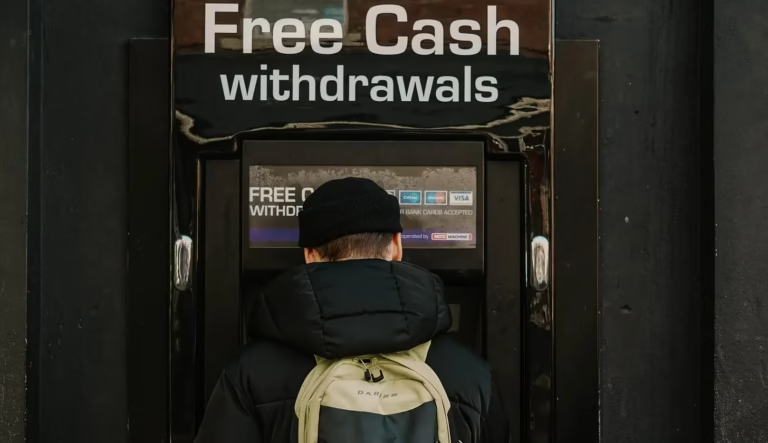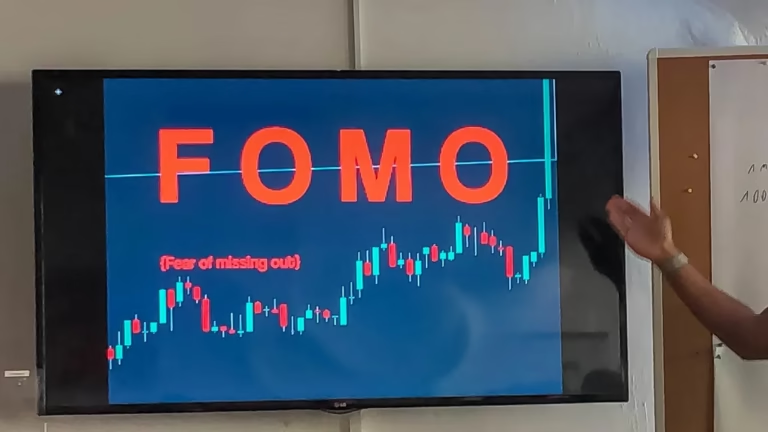Why is taking action so hard?
Last Sunday I had a very interesting discussion with my mom. She lives in Germany and was telling me how negatively she feels because the winter this year has been long, and wet, and cold, and unpredictable. It almost feels like it doesn’t want to end — even though we are approaching the end of April.
In her case, it is particularly pronounced because she spent part of winter a few years ago in San Diego and last year in Spain. Being in northern Germany created a strong contrast.
When I asked her why she didn’t go to Spain again, she basically rattled down a list of reasons. All of them were valid but not insurmountable.
It reminded me of one thing I often say when asked about the difference between Germany and America:
“In Germany, the glass is always half empty. In America, it is always half full.”
Since the call, I thought about this conversation and wondered how it actually affects the work we do supporting people who want to reach their time freedom point and get enough passive income to cover all expenses.
Being able to live your passion without worrying about the ability to pay bills is a huge goal.
For taking action, having a strong goal is a very important motivator.
So what do we need to overcome our hesitation?
Most people would say that evidence is very helpful. If we can see that it is possible to achieve our goal, we are more likely to take action and start the journey.
What holds us back — in most cases — is fear.
It’s fear of the unknown. It’s fear of things that could go wrong. It’s fear that the goal might only be achievable for others, but not for us.
It’s fear that something really bad could happen on the journey, and then we end up between a rock and a hard place. It’s fear that we might not find or maintain the support we need to make it to the finish line. It’s fear that we might learn that the goal itself is not really achievable for us.
It’s those and many other fears.
The process we help people with falls into three parts.
Accumulation — Investing — Earning Passive Income
Accumulation might have already happened when we meet a new mentee or it needs to be put in place, sometimes enhanced beyond its current level. When the accumulation riddle has been solved, it is an ongoing process until you reach the Time Freedom Point.
Investing using our strategy is the development of a growing residential real estate portfolio that generates passive income. Part of that income can feed the accumulation account.
As we get closer and closer to the Time Freedom Point, the passive income keeps increasing until we reach the goal and then live exclusively on passive income. The actual amount of passive income keeps increasing after reaching the Time Freedom Point.
With these three phases in mind, I always thought it would be a massive motivator for people to take action. What’s holding them back?
It’s fear. And I wonder how much evidence we need to overcome the fear.
The pandemic has been raging for more than a year now, and most people I work with outside of investing mentoring are working remotely from home offices, garages, and garden sheds.
I honestly thought that people initially would not leave their current living situation because of lock-downs, insecurity of how long the pandemic would last, and how employers will react to these changes.
Now we know that most people work, at least as, if not more efficiently, from a remote location than they did going to a cubicle each day.
One of the client organizations I serve as a strategic advisor conducted a survey among employees. The company had closed its office in March 2020. It’s completely vertically integrated and everybody works remotely.
Here are results from the survey:
- 92% of respondents agreed collaboration is going well despite the virtual working arrangement. Many employees stated they are missing the connection and live interactions with their immediate team members, along with others across the business.
- 94% agreed that technology allows working effectively from home. Areas of opportunity include being able to order ergonomic equipment and other peripherals (e.g., monitors, printers), as well as challenges with internet bandwidth connectivity.
- Respondents stated the following in order to feel safe to come back to the office: reduced occupancy / social distancing, increased cleaning/air filtration, onsite testing/temperature checks, and others being vaccinated.
- Should offices open backup, there is a desire to have more flexibility in working from home due to long commutes, family commitments, feeling more productive at home.
- Many employees suggested more focus on meetings: making them more efficient, having fewer meetings to focus on workload, better practices around who needs to attend. Maybe switch to 45-minute meetings to allow for 15-minute breaks throughout the day.
This all shows that working from home has proven to work and people don’t want to commute every day again.

What actions have these employees taken so far to improve their situation — especially those who would love to reach their Time Freedom Point sooner rather than later?
Actually almost none.
Could it really make a difference?
Yes, it could. Here is a quick example comparison I ran because a lot of my clients are in the San Francisco Bay Area, including San Jose and Oakland.

I did a comparison between that area and Sacramento. We are talking about moving from one large city to the capital of California, definitely not a small rural location or generally considered cheap living.
Comparison Highlights:
- Overall, Sacramento, California is 59.0% cheaper than Foster City, California (in the San Francisco Bay Area)
- Median Home Cost is the biggest factor in the cost of living difference.
- Median Home Cost is 78% cheaper in Sacramento. (close to $1 Million in Foster City versus about $360K for Sacramento)
- Food costs about 11% cheaper

With those savings, a lot of money could go into the Accumulation Account and even then life would probably be a little more enjoyable — if for no other reason than being able to get a bigger house or apartments for massively less cost.

In summary:
We have evidence that work from home is suitable and efficient for many more jobs than originally anticipated.
We have evidence that people don’t want to work all their lives and love the idea of reaching the Time Freedom Point to do what they are passionate about.
We know that employers will not force people back to work- at least not on a daily basis and in particularly congested areas.
I hope I can help people overcome the fear of taking action. That appears the main reason to hesitate even after one year of having all kinds of zoom meetings from the garage or the bedroom or kitchen corner.
You have conquered the unknown of the pandemic. Believe in yourself and know that you can conquer the unknown changes that will allow you to reach your Time Freedom Point sooner.




